2025-01-28 01:53:37|Myriagame |source:minecraft skins
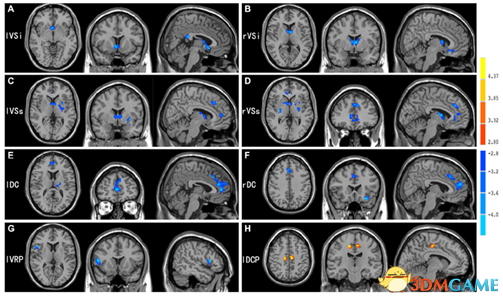
Earlier, experts and professors such as Tao Hongkai have been claiming that online games are like "electronic heroin" and "opium".Recently, this assertion has been supported by scientific research. The Researcher Lei Hao research group of the Institute of Physics and Mathematics, the Institute of Physics and Mathematics of the Chinese Academy of Sciences, has recently made progress in the research of adolescent network addiction. The research results show that network addiction not only affects the youth brainStructural development, which also affects brain function connection, its abnormal connection mode is similar to the effect of opium!
This research uses functional connection methods to analyze the static and breath-functional magnetic resonance images of adolescent intensive patients, and found that the patient's cortex-the tattoo nerve ring has abnormal function connection, and the degree of abnormality is with the patient's Internet addiction and anxiety behavior.Wait significantly.
Compared with the literature, it is found that the functional connection abnormal mode of the ring addiction patients is similar to that of material addiction such as opium.The cortex-pattern neural circulation is mainly responsible for the control of autonomous movement, meticulous consciousness activity and movement response of autonomous movements, and is also related to high-level cognitive functions such as rewards, emotions, execution and control.
This series of research shows that network addiction not only affects the development of the teenager's brain structure, but also affects brain function connection.This not only deepen the understanding of network addiction neural mechanisms, but also provides a basis for the development and treatment methods of developing scientific and effective adolescent Internet addiction.
Lin Fuchun, the first author and associate researcher, is a member of the Youth Innovation Promotion Association of the Chinese Academy of Sciences, and is also the winner of the Lu Jiaxi Young Talent Award of the Chinese Academy of Sciences.The study was supported by the "Imaging Brain Network Research and Clinical Application" of the "973" project of the Ministry of Science and Technology and the support of the "Biomagnetical MRI Supreme Spectrum" of the National Natural Science Foundation of China.

National Service DNF Dark Ni
2025-01-28 09:19:27
The new screenshot of the be
2025-01-28 09:18:57
The 15th anniversary wallpap
2025-01-28 09:18:27
3DM Xuanyuan Sinicization Gr
2025-01-28 09:17:57
French magazine is the first
2025-01-28 09:17:27
The sneak game "Republic" wi
2025-01-28 09:16:57
The story between humans and
2025-01-28 09:16:27
Capture "Trinity 3: Artifact
2025-01-28 09:15:27
Wind direction change "Myste
2025-01-28 09:14:57
DICE's new project "Dream" w
2025-01-28 09:14:27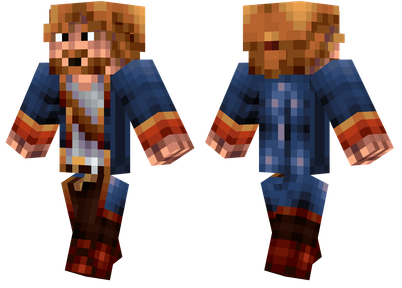
Pirate Minecraft Skins
Minecraft Skins
2024-12-10 04:11:27
Pirate Minecraft Skins
Minecraft Skins
2024-12-10 04:11:26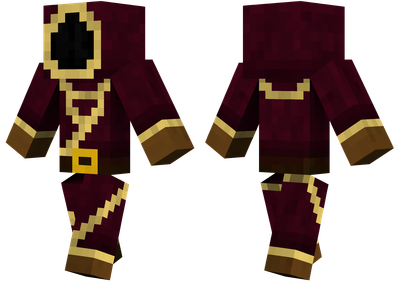
Master Minecraft Skins
Minecraft Skins
2024-12-10 04:11:25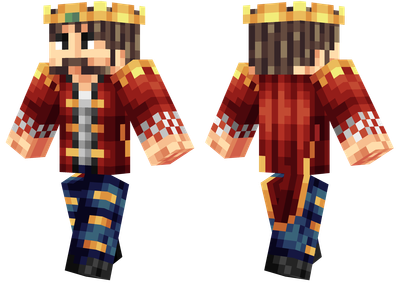
King Minecraft Skins
Minecraft Skins
2024-12-10 04:11:25
Guide Minecraft Skins
Minecraft Skins
2024-12-10 04:11:24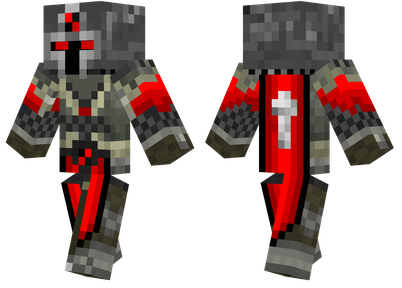
Dark Knight Minecraft Skins
Minecraft Skins
2024-12-10 04:11:23
Sparta Minecraft Skins
Minecraft Skins
2024-12-10 04:11:23
Moncraft Skins of the War
Minecraft Skins
2024-12-10 04:11:22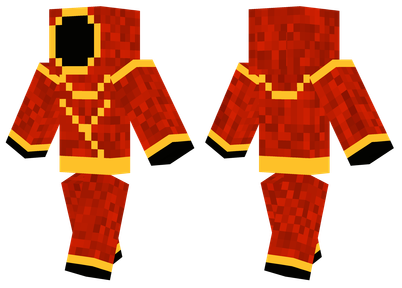
Red Witch Minecraft Skins
Minecraft Skins
2024-12-10 04:11:22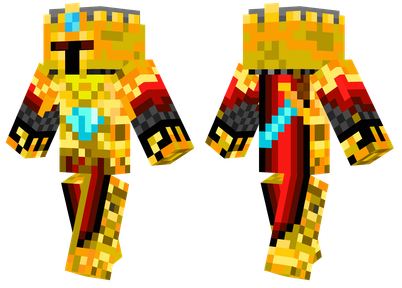
Golden Cavaliers Minecraft S
Minecraft Skins
2024-12-10 04:11:22